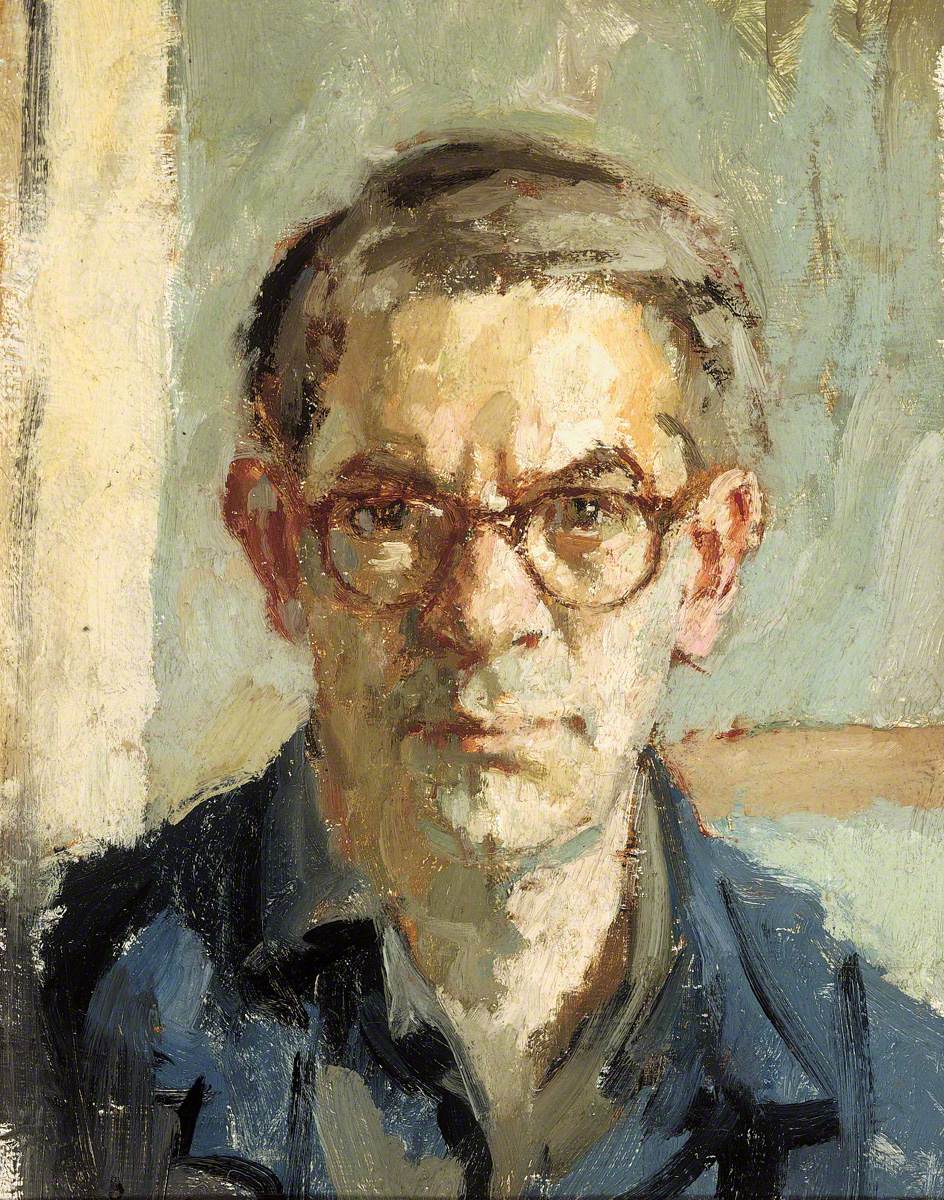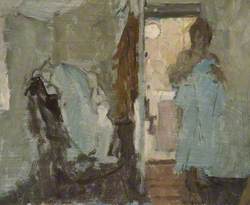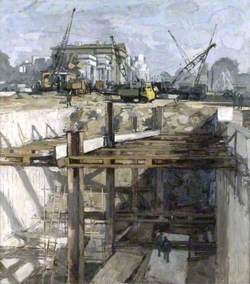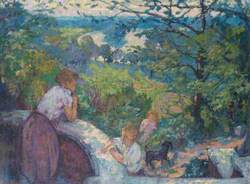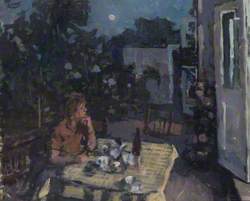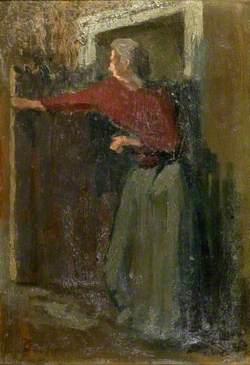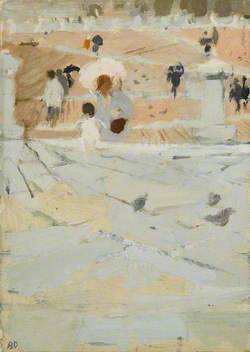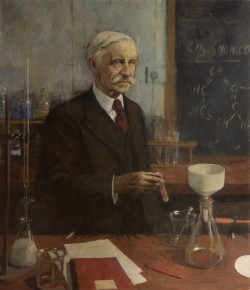How you can use this image
This image is available to be shared and re-used under the terms of the Creative Commons Attribution-NonCommercial licence (CC BY-NC).
This image can be reproduced in any way apart from any commercial uses.
Wherever you reproduce the image or an altered version of it, you must attribute the original creators (acknowledge the original artist(s), the person/organisation that took the photograph of the work) and any other stated rights holders.
Review our guidance pages which explain how you can reuse images, how to credit an image and how to find more images in the public domain or with a Creative Commons licence available.
DownloadNotes
Add or edit a note on this artwork that only you can see. You can find notes again by going to the ‘Notes’ section of your account.
Dunstan’s self portrait is an uncompromising portrayal of a gentle-seeming man, perhaps somewhat guarded. The bespectacled gaze and lean features communicate determination, with shadowed eyes indicating a nervous tension. The picture is primarily made up of greys and muted flesh tones. The attenuated colour does not serve to bleach the picture of personality, but to make each ‘neutral grey element, warm or cold according to what was put around it’. Thus his forehead and left side of his face, catching the light, appear lucid, even though the skin is rendered low in tone. By contrast, the grey right side and chin appear extremely cool. Of the Slade, he said: ‘I acquired likings which have remained with me ever since… Rembrandt and Turner, Renoir and Sickert, Steer, Bonnard and Vuillard.
In 1949, he married the painter Diana Armfield. For a time, they lived and worked in a large studio room in London’s Belsize Park. In his small-scale paintings (of subjects such as a female nudes, musicians, and people in a café), Dunstan manages both to remain aloof and to be intimately absorbed in his subject matter.
Title
Self Portrait
Date
c.1962
Medium
oil on board
Measurements
H 28.5 x W 22.5 cm
Accession number
PCF29
Acquisition method
acquired by Ruth Borchard as part of the original collection
Work type
Painting
